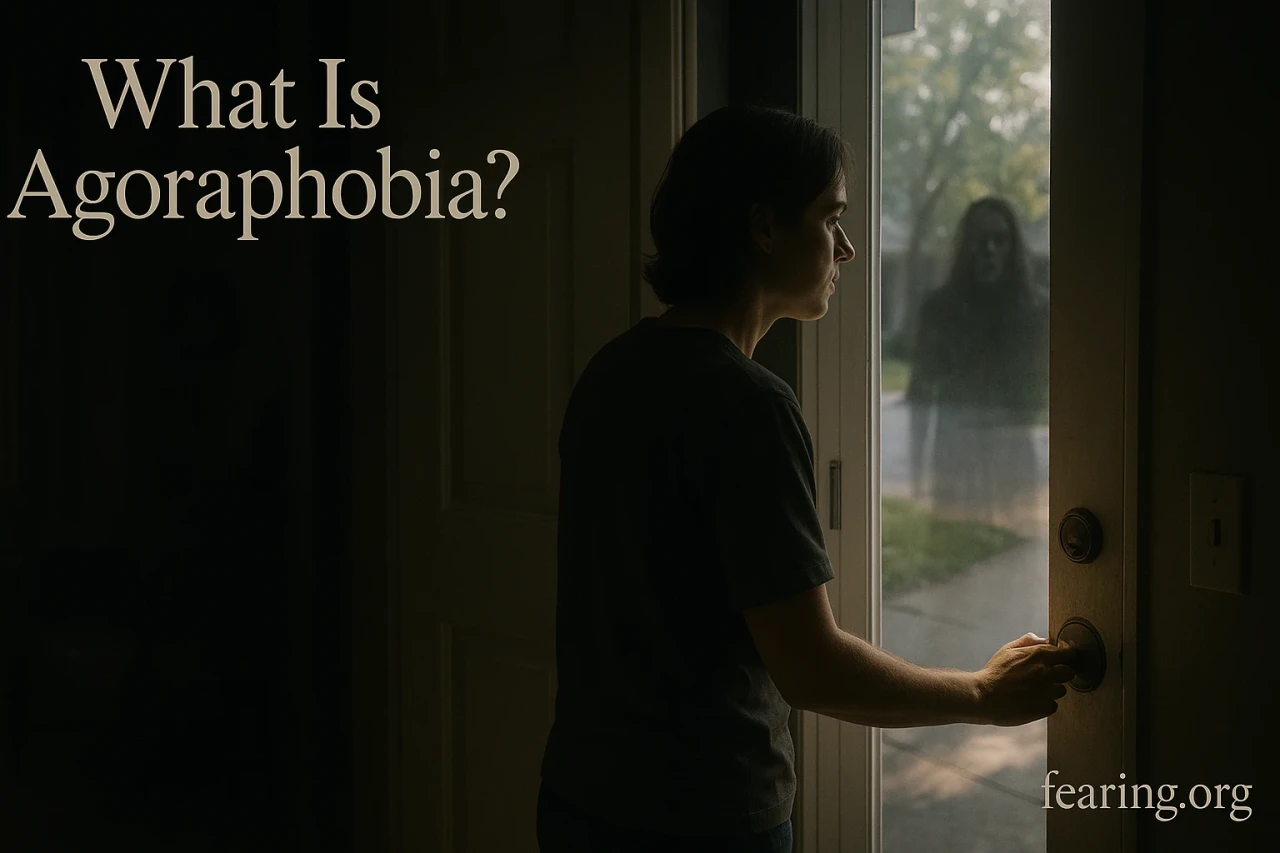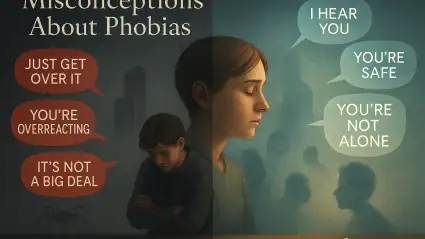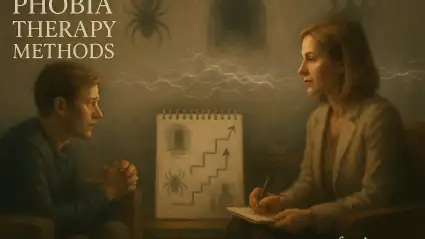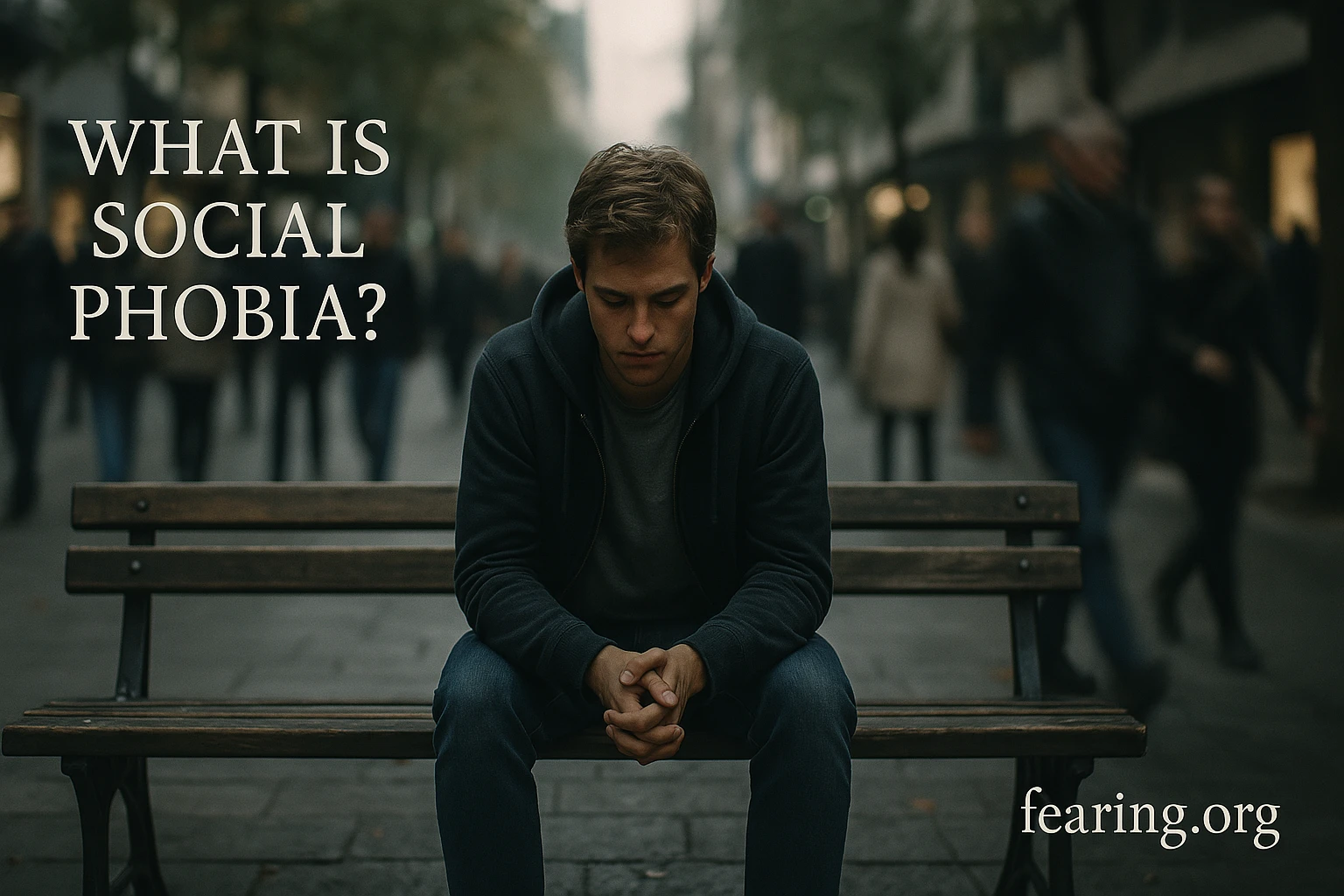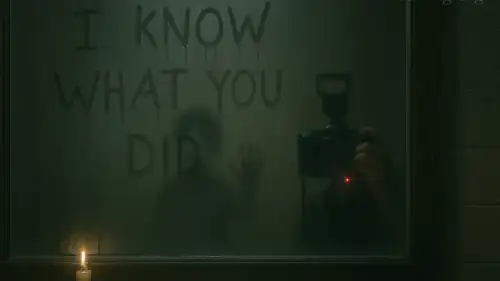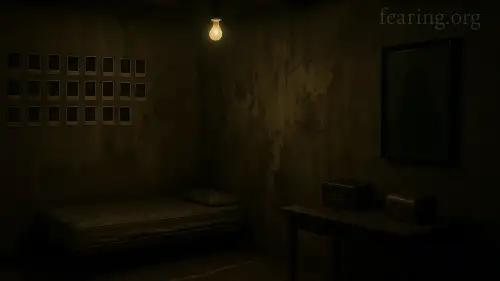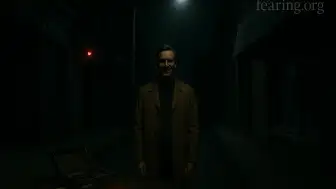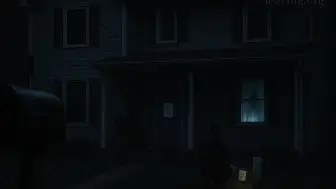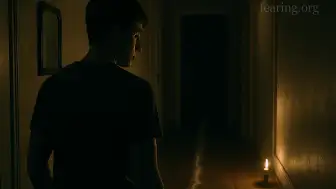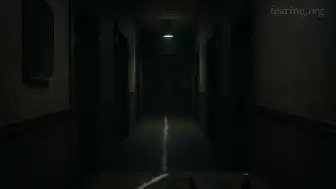Agoraphobia is one of the most misunderstood and debilitating anxiety disorders. Often mistaken as simply a fear of open spaces, agoraphobia is much more complex—and far more life-altering. It can make everyday activities like shopping, commuting, or even stepping outside feel impossible. For some, even the idea of leaving home is terrifying.
"It’s not the outside world I fear—it’s losing control within it." — Anonymous
In this comprehensive guide, we’ll explore what agoraphobia really is, how it develops, the symptoms people experience, and the most effective, science-backed treatment options available today.
What Is Agoraphobia?
Agoraphobia is an anxiety disorder characterized by an intense fear of being in places or situations where escape might be difficult or help unavailable if a panic attack occurs. Contrary to popular belief, it’s not just about being afraid of public spaces—it’s about the fear of being trapped, exposed, or helpless in those spaces.
Agoraphobia often develops in conjunction with panic disorder, but it can also appear independently.
What Are the Common Triggers for Agoraphobia?
People with agoraphobia tend to avoid:
Crowded places (malls, concerts, trains)
Enclosed spaces (elevators, tunnels)
Open areas (bridges, large parks)
Traveling alone or far from home
Being in unfamiliar places without a companion
These triggers often lead to avoidance behavior that progressively limits a person’s world.
What Are the Symptoms of Agoraphobia?
Symptoms can be both psychological and physical:
Psychological Symptoms:
Intense fear of losing control
Feeling trapped or helpless
Avoidance of feared situations
Anticipatory anxiety (worrying long before facing a trigger)
Physical Symptoms:
Rapid heartbeat
Dizziness
Nausea
Shortness of breath
Chest pain or discomfort
In severe cases, a person may become housebound for months or even years.
How Does Agoraphobia Develop?
Agoraphobia typically develops in late adolescence or early adulthood, often after a person has experienced repeated panic attacks. Over time, the fear of having another attack in a public or unsafe place leads to avoidance.
Other contributing factors include:
Genetics: A family history of anxiety disorders
Personality: Traits like high sensitivity or neuroticism
Stressful life events: Trauma, abuse, or significant life changes
Other mental health issues: Such as depression or generalized anxiety
"Agoraphobia isn’t born overnight—it’s built from years of fear and retreat."
How Is Agoraphobia Diagnosed?
Diagnosis is made by a mental health professional using criteria from the DSM-5. It usually includes:
Persistent fear or anxiety about two or more situations (e.g., public transport, being outside alone)
The fear is out of proportion to the actual threat
The person actively avoids the situations
Symptoms last six months or more
Significant distress or interference with daily life
Diagnostic tools include clinical interviews, self-report questionnaires, and panic attack history.
What Are the Most Effective Treatments for Agoraphobia?
There is no one-size-fits-all treatment, but a combination of psychotherapy, medication, and lifestyle interventions has been shown to yield the best results.
1. Cognitive Behavioral Therapy (CBT)
CBT is the most widely recommended therapy for agoraphobia. It helps:
Identify and challenge distorted thoughts
Reduce avoidance behavior
Gradually reintroduce feared situations (via exposure therapy)
CBT is often structured over 12–20 sessions and may be individual or group-based.
2. Exposure Therapy
A component of CBT, exposure therapy involves facing feared situations in a planned and safe way. Types include:
In vivo exposure: Directly facing real-world scenarios
Imaginal exposure: Visualizing feared situations
Virtual reality therapy: Simulated environments for safe exposure
"You don’t have to leap out the door. Just crack it open. That’s progress."
3. Medication
Medications can help reduce symptoms of anxiety and panic, making therapy more effective. Commonly prescribed:
SSRIs (e.g., fluoxetine, sertraline)
SNRIs (e.g., venlafaxine)
Benzodiazepines (short-term use only due to risk of dependence)
Beta blockers (for physical symptoms like heart palpitations)
Always consult with a psychiatrist before starting any medication.
4. Mindfulness-Based Cognitive Therapy (MBCT)
MBCT combines mindfulness practices with traditional CBT and has shown promise in reducing relapse rates.
5. Acceptance and Commitment Therapy (ACT)
ACT teaches individuals to accept their fears and focus on actions aligned with their values.
Can You Overcome Agoraphobia Without Medication?
Yes, many people overcome or manage agoraphobia without drugs—especially with a strong therapy foundation. However, medications can offer essential support in moderate to severe cases.
Non-pharmacological methods include:
Daily journaling to identify triggers and track progress
Guided meditations and breathing exercises
Self-help CBT workbooks
Peer support groups
Gradual goal setting and exposure plans
How Long Does Recovery Take?
Recovery timelines vary:
Mild to moderate agoraphobia: noticeable improvement in 3–6 months
Severe agoraphobia: may require 1 year or longer of ongoing therapy and lifestyle adjustment
Consistency, support, and professional guidance are key.
What If I’m Too Afraid to Seek Help Outside?
This is common. Fortunately, many professionals offer:
Teletherapy or online counseling
Home visits (in certain regions)
Virtual support groups and self-help communities
Online CBT platforms like BetterHelp or Talkspace have helped thousands take their first step toward healing—from the safety of their homes.
How Can Family and Friends Help Someone with Agoraphobia?
Support from loved ones can make a profound difference. They can:
Learn about agoraphobia to understand the experience
Offer gentle encouragement—not pressure
Accompany the person during exposure steps
Celebrate progress instead of focusing on setbacks
Create a safe and non-judgmental home environment
"Healing happens faster when someone believes you’re worth saving—even when you don’t."
Final Thoughts
Agoraphobia may feel like a prison, but it is not a life sentence. With time, patience, therapy, and compassion, people can expand their worlds again—one step at a time.
If you or someone you know is struggling with agoraphobia, know that help exists, and healing is real. Even small victories—like walking to the mailbox or riding one stop on the bus—are monumental when you’re reclaiming your freedom.
“You don’t have to conquer the world today. Just open the door.”

